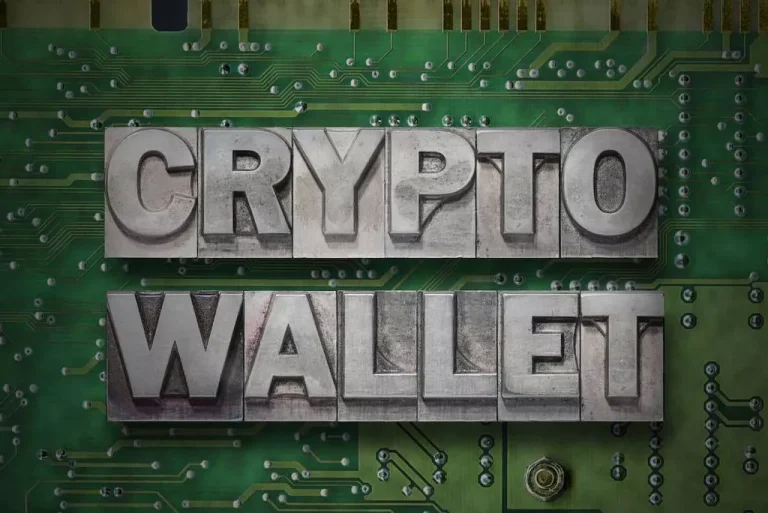In terms of returns, staking cryptocurrency is regarded as far superior to putting money in a financial institution. And, if you are not willing to take dangers, choices corresponding to bank FDs will suffice. Crypto metrics are essential Crypto Staking indicators that help buyers & traders understand the efficiency & potential of blockchain tokens.

Assess The Popularity And Trustworthiness Of The Staking Pool
The more their stake, the larger their possibilities of proposing a new block and accumulating the prizes. After all, the more skin you may have within the recreation, the extra likely you might be to be an sincere player. Cryptocurrency is a very new sort of forex that behaves fairly in one other way than the traditional cash all of us use on a day by day basis. The most obvious distinction is that it’s just https://www.xcritical.in/ digital money, which implies there are no tangible bitcoin cash or notes to maintain in your again pocket. The Next Halving Date is significant for miners and traders as it can impact the mining economics and probably have an effect on the availability and demand dynamics of the cryptocurrency. Halving occasions are programmed into certain cryptocurrencies, similar to Bitcoin, to regulate the issuance fee and create shortage over time.
Fundamental Ideas Of Staking
However, these platforms take a percentage of the rewards earned to cowl their charges. In staking, the best to validate transactions is baked into what number of Financial cryptography coins are “locked” inside a wallet. However, identical to mining on a PoW platform, stakers are incentivized to find a new block or add a transaction on a blockchain. Apart from incentives, PoS blockchain platforms are scalable and have high transaction speeds. Staking is an exercise where a user locks or holds his funds in a cryptocurrency pockets to participate in maintaining the operations of a proof-of-stake (PoS)-based blockchain system. It is just like crypto mining in the sense that it helps a network obtain consensus while rewarding users who participate.

Playstation And Amd Join Forces To Immerse Gaming With Ai-driven Graphics And Gameplay Across Platforms
It involves offering liquidity to a pool of crypto assets in exchange for rewards, very similar to incomes curiosity from a bank. Those who take part in yield farming are referred to as yield farmers or liquidity providers. LIDO currently sits because the uncrowned king of the liquid staking market which is currently large with numerous protocols combating for TVL (total value locked).
What Is Staking In Crypto: Benefits And How Does It Work?
Staking is required for cryptos using Proof of Stake (PoS), Delegated Proof of Stake (DPoS) and Proof of Authority (PoA) consensus mechanisms. Staking is submitting your crypto for the validation course of and incomes curiosity and block rewards in return. Hodling is the strategy of holding crypto and never using or selling it for a very long time. This simple strategy is highly effective assuming that the value of the crypto belongings grows with time. The time period “Hodl” originated from a typographical mistake by a user named GameKyuubi within the crypto forum Bitcointalk in December 2013.
Investors would do well to choose notable crypto exchanges over personal staking swimming pools, even if the latter offers the next APY. Since the staked tokens act as a assure for the blockchain, blocks formed with invalid or fraudulent transactions may end result within the blockchain burning some or all of the staked tokens. This is done by way of a process known as rebasing, the place the person just isn’t required to do something and the staking rewards get up to date once a day and LIDO takes a 10% payment from your staking rewards.
Choose a staking pool structure that aligns together with your preferences and monetary objectives. Opt for swimming pools providing competitive APYs and suitable payout frequencies while taking into account your consolation degree with lock-up periods and minimum staking requirements. In this system, the traders stake their cash in numerous liquidity swimming pools. This technique performs a crucial function in sustaining the liquidity of a coin. This is as a result of they believe an increase in the value of cash would ultimately enhance their revenue.
Upon performing validation, you also earn rewards within the crypto token of the community. This provides a unique way to earn passive revenue with a lot lower danger than crypto trading. The advanced Korean blockchain project Icon (ICX) provides one other platform that natively permits staking.
- With this mannequin, a select variety of users discover new blocks and confirm transactions while others delegate their coins to those entities.
- Being a PoS protocol, the community wants stakers for safety and transaction processing.
- Since staking is not an energy-intensive process, participating with proof of stake blockchains offers the benefits of crypto funds with out harming the surroundings.
- Another essential facet to note earlier than starting to stake your valuable crypto tokens is the lock up period.
However, Icon differs from Algorand and Tezos in that it uses the delegated-proof-of stake (DPoS) consensus algorithm. With this model, a select variety of customers discover new blocks and confirm transactions while others delegate their coins to those entities. Some blockchain networks or staking platforms set a minimum threshold that customers should meet to be eligible for staking rewards. The staking minimum ensures that members meet certain standards and have a enough stake within the community to contribute successfully.
You can easily join a staking pool and participate in such activities. You can go for a staking pool with a low fee payment and a great monitor report of validating blocks. Here, network members or stakers need to stake an amount of cryptocurrency as collateral. In doing so, the blockchain will choose a staker based mostly on the dimensions of their holding and for the way long the individual is holding the stake. Upon choice, the participant can add the most recent transaction data to the block and earn rewards in exchange.
In phrases of validators, they do not have direct access to the staked tokens and as an alternative are delegated to the validators, which is best when it comes to safety. For their work to process transactions, retailer knowledge and add blocks to the blockchain, the validators or node operators are given a 5% reward from LIDO’s staking charges. When you would possibly be chosen to validate a block, you probably can earn rewards for performing your providers truthfully. However, if a validator acts maliciously and adds illegitimate transactions to the blockchain, their staked tokens may be deducted as punishment. Staking is the process of locking up cryptocurrency assets for a predetermined amount of time to keep up a blockchain’s operation.
Attack Cost (1H) helps assess the security and resilience of a blockchain network, as a higher price makes it dearer and troublesome to carry out such an attack. Attack Cost (1H) refers to the estimated price required to carry out a 51% attack on a blockchain community for a period of one hour. It measures the variety of hashes (calculations) a network can carry out per second. A greater hash fee signifies a safer and robust community, because it requires more computational power to efficiently mine new blocks or perform cryptographic operations.
The crackdown only applies to staking-as-a-service providers targeted on US customers. Blockchains are sometimes secured by validators from around the globe, so they will continue to operate, assuming abroad regulators take a more lenient view of their providers. This would further the split between heavy regulation within the US and the Wild West in some other parts of the world. But many of these decentralized finance (DeFi) companies are actually run by a core group of people whom regulators could probably still maintain responsible for noncompliance.
